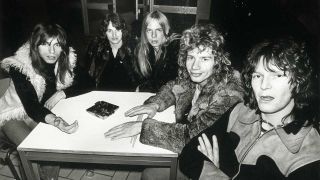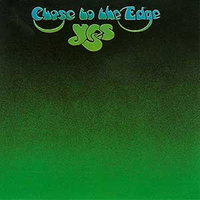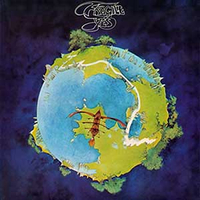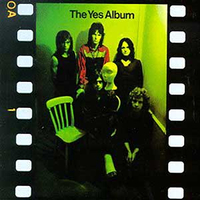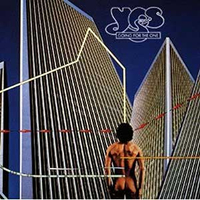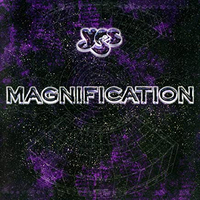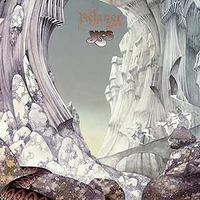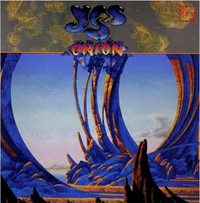If there's a group that defines the pros and cons of the whole progressive genre, it’s surely Yes. Their back catalogue includes astonishing peaks which are the equal of any music of its type.
The core of Yes was always Jon Anderson and Chris Squire: Anderson’s unmistakeable clear, high vocals and Squire’s trebly and innovatively boisterous bass guitar had been central to all line-ups of the group, until Anderson left in 2008. And now Squire has gone for good.
The often underrated first line-up of Anderson, Squire, keyboardist Tony Kaye, drummer Bill Bruford and guitarist Peter Banks recorded some excellent music. But when Steve Howe replaced Banks and Wakeman replaced Kaye in quick succession it opened up new dimensions in the band’s sound. After Alan White replaced Bruford in 72, Yes had unbroken success for the rest of the decade.
Cracks appeared in late 79 as they attempted to come up with a follow-up to the botched Tormato album and Wakeman and Anderson quit and were replaced by Trevor Horn and Geoff Downes, who’d had hits as pop duo Buggles. That move astonished everyone After this configuration dissolved, Squire and White demoed material with Jimmy Page as XYZ before opting to form Cinema with South African born guitarist/multi instrumentalist Trevor Rabin, the line-up completed by original Yes keyboardist Kaye.
Near to completion of their album, it was felt that Anderson’s return would cap it off vocally and stimulate interest. The resulting 90125 became Yes’s biggest selling album ever.
In 1988, Anderson quit to form Anderson, Bruford, Wakeman And Howe. That foursome would be reabsorbed into Yes for an eight-piece reunion tour in 1991 before the 90125 line-up regrouped.
Rabin subsequently retired from Yes after after more than a decade at the helm, and Wakeman and Howe were re-enlisted. Wakeman left for a brief period, and Billy Sherwood, a guitarist and singer who Squire, White and Rabin had recorded with was brought into the now six-piece version of the band with Russian keyboardist Igor Khoroshev. Wakeman was back by 2002 for a renewed spell of touring.
Since then, the merry-go-round has continued. In 2008 Canadian singer Benoit David joined the band, having previously fronted a Yes tribute act called Close To The Edge, but he left in 2011 to be replaced by Jon Davison.
More recently Anderson, Rabin and Wakeman joined forces in ARW (and then Yes feat. ARW) to play Yes material live. A planned album never came to fruition, and the band disbanded without releasing any studio recordings. Since then, Anderson has made noises about working with Yes again.
It's complicated.

...and one to avoid
You can trust Louder
